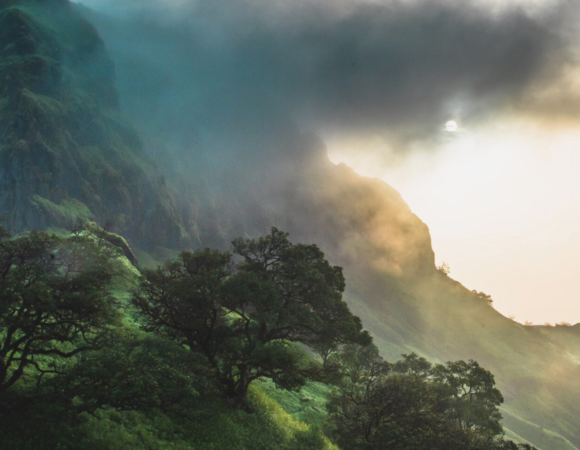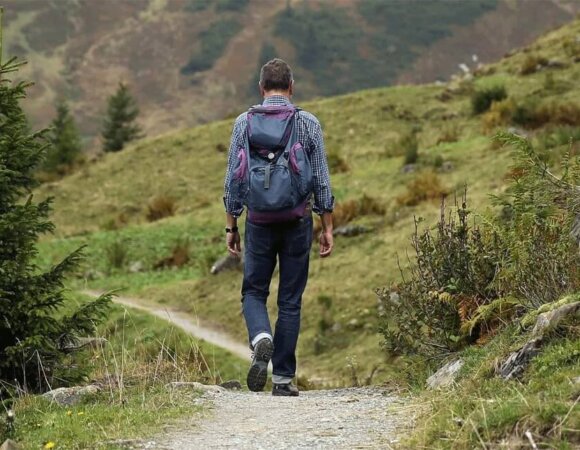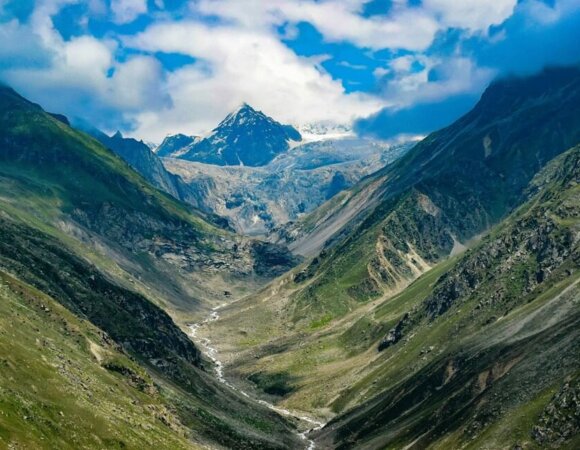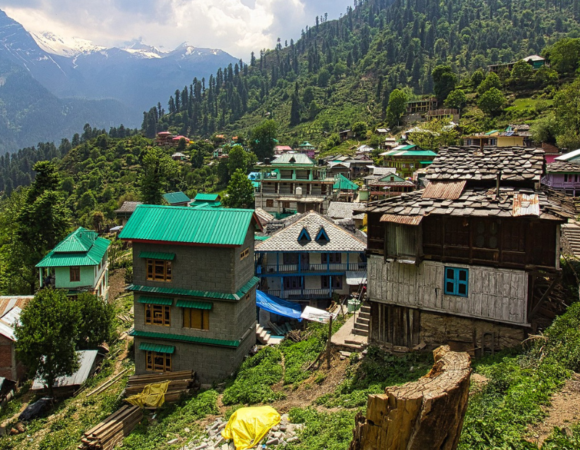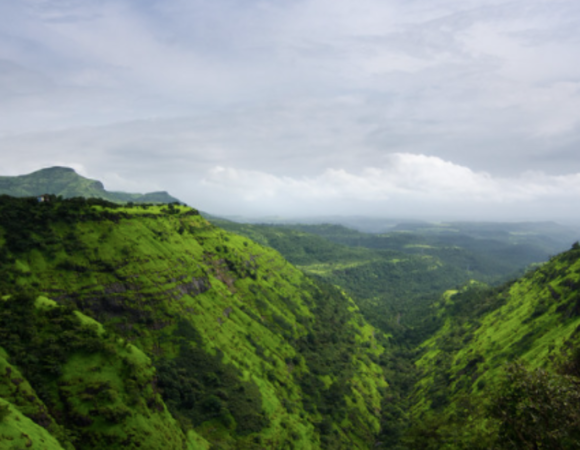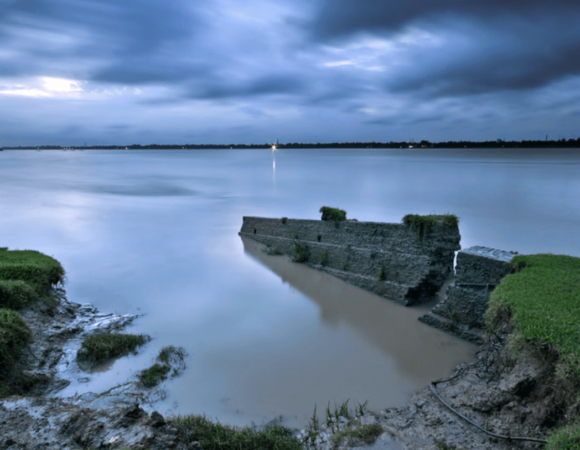Premlata Agrawal: Age No Bar for Himalayan Dreams
The inspiring journey of Premlata Agrawal the India’s oldest woman to conquer Mount Everest
Table of Contents
ToggleIn the world of mountaineering, where youth and physical prowess are often considered prerequisites for success, Premlata Agrawal stands as a powerful testament to the triumph of determination over age. Her extraordinary journey from being a homemaker in Jharkhand to becoming the oldest Indian woman to scale Mount Everest has shattered stereotypes and inspired countless individuals to pursue their dreams regardless of age or circumstance.
Early Life
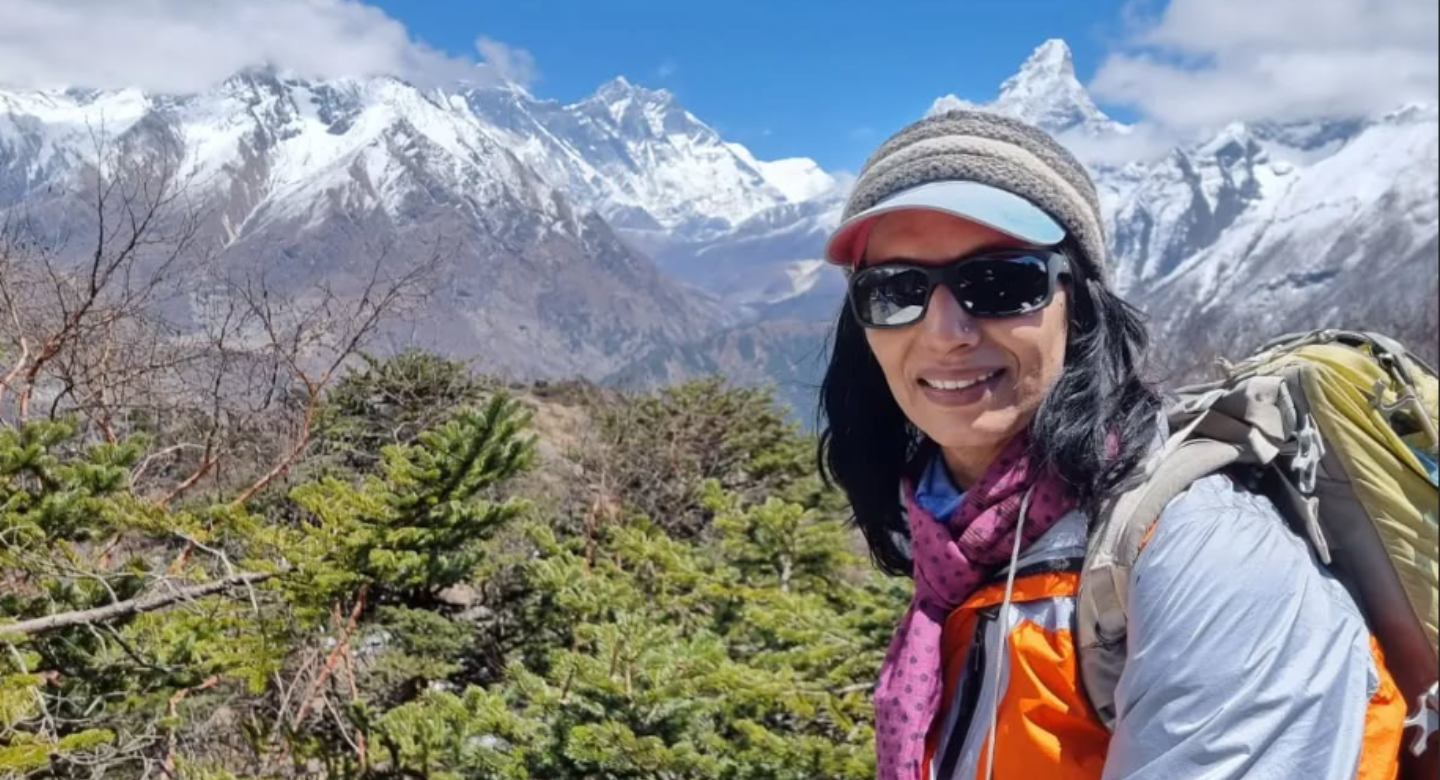
Born in 1963 in Darjeeling, West Bengal, Premlata Agrawal led a conventional life far removed from the world of adventure sports. She married at a young age and settled into the traditional roles of wife and mother in Jamshedpur, Jharkhand. For most of her adult life, mountaineering wasn’t even on her radar—her days were filled with family responsibilities and community work.
Unlike many renowned mountaineers who begin their journey in their youth, Premlata’s adventure began at the age of 35, when she participated in a local women’s adventure competition organized by Tata Steel Adventure Foundation (TSAF). This seemingly small step would eventually lead her to the highest peak on Earth.
Late Bloomer in Mountaineering
What makes Premlata’s story particularly remarkable is that she embarked on her mountaineering career in her late thirties—an age when many climbers are considering retirement from extreme high-altitude expeditions.
Her turning point came when she met Bachendri Pal, the first Indian woman to summit Mount Everest, who was working with the Tata Steel Adventure Foundation. Recognizing Premlata’s potential and determination, Pal became her mentor and guided her through the challenging world of professional mountaineering.
Under Pal’s mentorship, Premlata’s progress was methodical and impressive:
- In 2004, she scaled Island Peak (6,189m) in Nepal
- In 2008, she conquered Mount Kilimanjaro (5,895m), Africa’s highest peak
- In 2009, she climbed Mount Aconcagua (6,962m), the highest mountain in the Americas
- In 2010, she successfully completed the challenging Everest Base Camp trek
Each achievement built her confidence and prepared her for what would become her defining climb.
“Age is no barrier. It’s a limitation you put on your mind.” — Premlata Agrawal
The Everest Achievement
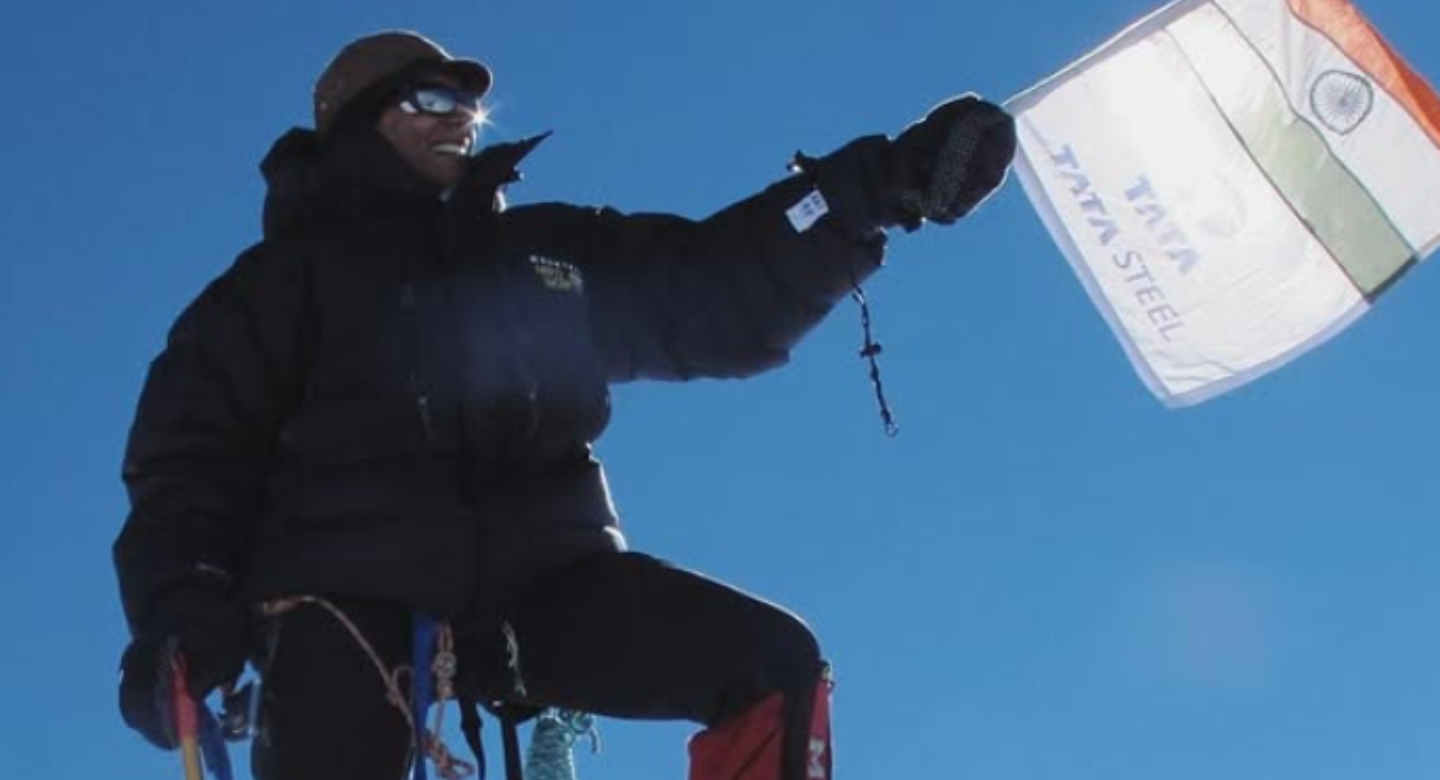
On May 20, 2011, at the age of 48, Premlata Agrawal reached the summit of Mount Everest (8,848m), becoming the oldest Indian woman to accomplish this feat. Her achievement demolished the notion that age is a barrier to pursuing extreme adventures and set a powerful example for middle-aged women around the world.
The journey to the summit was fraught with challenges that would test even the most seasoned mountaineers:
- Battling temperatures that dropped to -30°C
- Navigating the treacherous Khumbu Icefall
- Enduring the physically devastating effects of extreme altitude
- Persevering through the “death zone” above 8,000 meters, where oxygen levels are insufficient to sustain human life
Throughout these ordeals, Premlata maintained remarkable composure and determination. Her summit success wasn’t merely a personal victory but a powerful statement about human potential regardless of age.
Seven Summits Completion
Not content to rest on her laurels after Everest, Premlata set her sights on an even more ambitious goal: completing the Seven Summits challenge—climbing the highest peak on each of the seven continents.
Her Seven Summits journey included:
- Asia: Mount Everest (8,848m) – May 20, 2011
- Africa: Mount Kilimanjaro (5,895m) – 2008
- South America: Mount Aconcagua (6,962m) – 2009
- North America: Mount Denali (6,190m) – 2013
- Europe: Mount Elbrus (5,642m) – 2014
- Australia/Oceania: Mount Kosciuszko (2,228m) – 2015
- Antarctica: Mount Vinson (4,892m) – 2015
On December 5, 2015, at the age of 52, Premlata completed the Seven Summits challenge when she reached the top of Mount Vinson in Antarctica. This accomplishment made her the first Indian woman to complete the Seven Summits, further cementing her place in mountaineering history.
Philosophy and Approach
What sets Premlata apart is not just her physical achievements but her philosophical approach to mountaineering and life. She often speaks about how mountaineering taught her crucial life lessons:
“Mountains don’t recognize your age, gender, or social status. They only respect your determination and preparation,” she often says in interviews.
Her climbing philosophy emphasizes thorough preparation, mental toughness, and a step-by-step approach to challenges. Rather than being intimidated by the enormity of a goal like Everest, she broke down each expedition into manageable segments—a practical wisdom she applies to all aspects of life.
Unlike many contemporary climbers who seek sponsorships and media attention early in their careers, Premlata climbed with quiet determination, letting her achievements speak for themselves. Her humble demeanor belies the extraordinary nature of her accomplishments.
Balancing Family and Adventure
One of the most inspiring aspects of Premlata’s journey is how she balanced her family responsibilities with her mountaineering ambitions. As a mother and wife, she had to navigate societal expectations while pursuing her passion for climbing.
Initially, her family was apprehensive about her dangerous pursuit. However, seeing her dedication and systematic approach to training, they gradually became her strongest supporters. Her husband and daughters often speak proudly of how her determination inspired changes in their own lives.
This balance represents a particularly powerful message for women who believe that family responsibilities preclude personal dreams and adventures. Premlata demonstrates that with proper planning and support, women can pursue challenging goals without compromising their family commitments.
Beyond Climbing: Social Impact

Premlata’s influence extends far beyond her personal achievements. After gaining recognition, she has dedicated significant time to motivational speaking, focusing particularly on empowering women and girls.
Her presentations often emphasize several key messages:
- Age is just a number—it’s never too late to pursue your dreams
- Women are capable of extraordinary physical achievements
- Mental strength is often more important than physical prowess
- Systematic preparation can overcome seemingly insurmountable obstacles
Through the Tata Steel Adventure Foundation, she has helped design programs that introduce young girls from underprivileged backgrounds to adventure sports, opening doors that might otherwise remain closed to them.
In her home state of Jharkhand, she has become a powerful symbol of female empowerment. Local officials frequently invite her to speak at schools and community events, where her story of transformation from homemaker to world-class mountaineer resonates deeply with audiences.
Awards and Recognition
Premlata’s contributions to mountaineering and women’s empowerment have earned her numerous accolades:
- Padma Shri, India’s fourth-highest civilian award (2013)
- Tenzing Norgay National Adventure Award
- Felicitation by the Chief Minister of Jharkhand
- Recognition by the Indian Mountaineering Foundation
- Featured in the Limca Book of Records
While these honors acknowledge her extraordinary achievements, those who know her speak of her humility and groundedness despite international recognition.

Legacy and Continuing Journey
Now in her late fifties, Premlata continues to challenge herself and inspire others. She remains active with the Tata Steel Adventure Foundation, mentoring young climbers and participating in expeditions.
Her legacy is multi-faceted:
- She has expanded the definition of who can be a mountaineer
- She has challenged age-related stereotypes in extreme sports
- She has created a pathway for Indian women in adventure sports
- She has demonstrated that ordinary individuals can achieve extraordinary feats
Perhaps most importantly, her journey illustrates that life’s second half can be just as adventurous and meaningful as its beginning—a powerful message in a world often obsessed with youth.
Final Thoughts From Her Inspirational Journey
Premlata Agrawal’s journey from housewife to Seven Summits completer represents more than just personal triumph—it’s a powerful narrative about human potential and the arbitrary nature of the limitations we often place on ourselves.
Her story resonates because it contains elements many can identify with: starting late, facing skepticism, balancing multiple life roles, and persevering despite obstacles. In conquering the world’s highest peaks in her late forties and fifties, she has provided an inspirational blueprint for anyone who believes certain dreams are beyond their reach due to age or circumstance.
As Premlata herself often says, “The mountain doesn’t care how old you are—it only respects your preparation and determination.” It’s a philosophy that has taken her to the highest points on seven continents and continues to inspire thousands to reach for their own personal summits, whatever they may be.
Connect With Premlata Agrawal :
Instagram : premlata.ag
Facebook: Premlata Agrawal | Facebook
Explore the Journeys of Other Great Climbers
Mingma Gyabu Sherpa – The Record Breaking Mountaineer
Alison Hargreaves: The Fearless Mountaineer
Anshu Jamsenpa: India’s Fastest Mountaineer
Frequently Asked Questions (FAQs) About Premlata Agrawal
How old was Premlata Agrawal when she climbed Mount Everest?
Premlata Agrawal was 48 years old when she successfully summited Mount Everest on May 20, 2011, becoming the oldest Indian woman to achieve this feat at that time.
When did Premlata Agrawal start mountaineering?
She began her mountaineering journey relatively late in life, at the age of 35, when she participated in a women’s adventure competition organized by Tata Steel Adventure Foundation.
Who was Premlata Agrawal’s mentor?
Her mentor was Bachendri Pal, the first Indian woman to summit Mount Everest. Pal recognized Premlata’s potential while working with the Tata Steel Adventure Foundation and guided her mountaineering career.
What is the Seven Summits challenge that Premlata completed?
The Seven Summits challenge involves climbing the highest peaks on each of the seven continents: Everest (Asia), Kilimanjaro (Africa), Aconcagua (South America), Denali (North America), Elbrus (Europe), Kosciuszko (Australia/Oceania), and Vinson (Antarctica).
When did Premlata Agrawal complete the Seven Summits?
She completed the Seven Summits challenge on December 5, 2015, at the age of 52, when she summited Mount Vinson in Antarctica, becoming the first Indian woman to achieve this prestigious mountaineering feat.
What was Premlata Agrawal’s profession before becoming a mountaineer?
Before her mountaineering career, Premlata was a homemaker in Jamshedpur, Jharkhand, focusing on her family and household responsibilities.
What major awards has Premlata Agrawal received?
She has received several prestigious awards including the Padma Shri (India’s fourth-highest civilian award) in 2013 and the Tenzing Norgay National Adventure Award. She has also been recognized in the Limca Book of Records.
How did Premlata Agrawal prepare for her Everest expedition?
She underwent rigorous physical training with the Tata Steel Adventure Foundation and prepared by climbing progressively more challenging peaks, including Island Peak (6,189m), Kilimanjaro (5,895m), and Aconcagua (6,962m), before attempting Everest.
What social impact has Premlata Agrawal made beyond mountaineering?
Premlata has become a motivational speaker focusing on women’s empowerment. She works with the Tata Steel Adventure Foundation to design programs that introduce underprivileged young girls to adventure sports and speaks frequently at schools and community events.
What challenges did Premlata Agrawal face as an older woman entering mountaineering?
She faced skepticism about her age, physical concerns related to high-altitude climbing for older individuals, balancing family responsibilities with training demands, and overcoming the conventional expectations for middle-aged women in Indian society.

